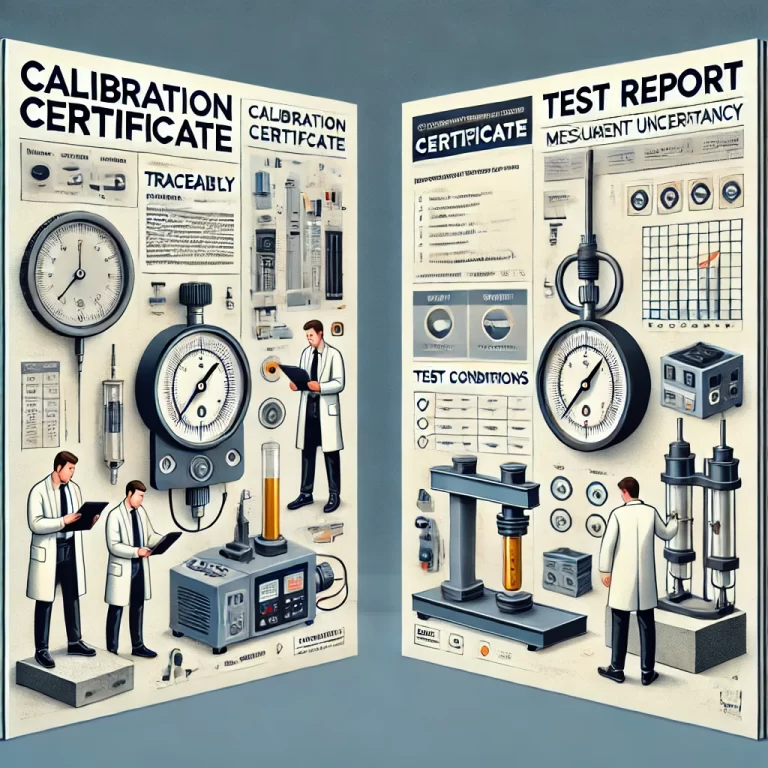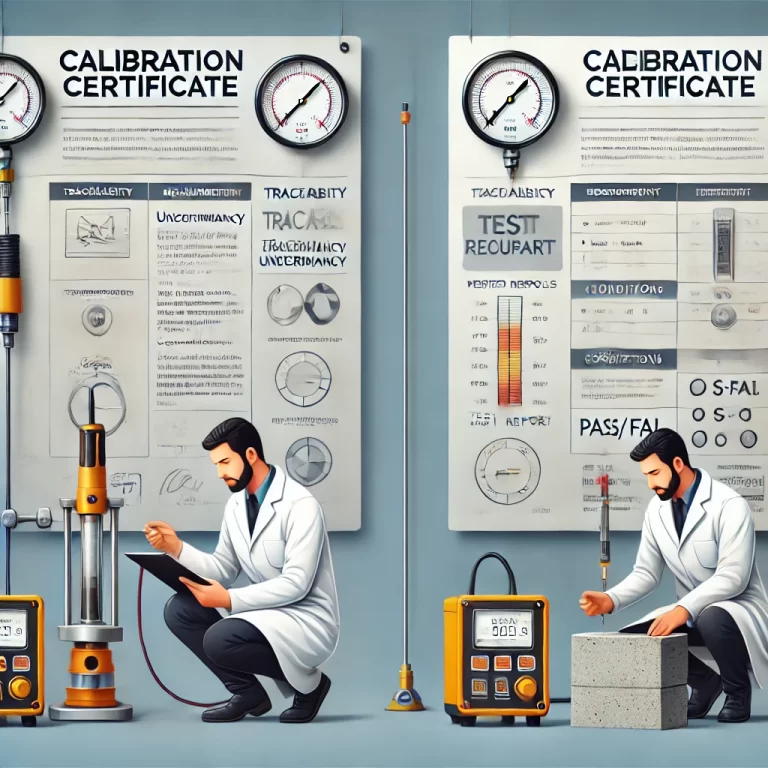1. Introduction
Instrument calibration is a fundamental process to ensure the accuracy, traceability, and reliability of measurement data. It plays a critical role in quality control, process monitoring, compliance, and research. A scientific and robust calibration program enables measurement results to be legally traceable and technically comparable, aligning with international and industry-specific standards.

2. Four Core Principles of Calibration
2.1 Accuracy
Calibration must ensure that the instrument’s readings are as close as possible to the true or reference value. This involves comparing the instrument against certified reference standards under controlled environmental conditions to minimize deviations.
2.2 Traceability
Traceability means the measurement results can be linked through an unbroken chain of comparisons to internationally recognized standards, such as those of the International System of Units (SI). This ensures that data can be accepted globally and meets legal or contractual requirements.
2.3 Repeatability
Repeatability refers to the instrument’s ability to deliver consistent results when measuring the same quantity under the same conditions. It is assessed by performing multiple measurements and evaluating statistical parameters such as standard deviation and coefficient of variation.
2.4 Validity
Validity ensures that the calibration method, conditions, and reference values are scientifically sound and technically appropriate. Using validated procedures and maintaining environmental control are essential to produce reliable calibration outcomes.

3. Applicable Standards and References
| Category | Standard / Reference | Description |
|---|---|---|
| International Standards | ISO/IEC 17025 | General requirements for the competence of calibration labs |
| National Guidelines | JJF / JJG (China) | Calibration and verification regulations |
| Certificates | CNAS, ILAC, NIST traceable | Ensure international recognition and compliance |
| Manufacturer Guidelines | OEM calibration protocols | Recommend intervals and methods for instrument types |

4. Conclusion and Recommendations
The effectiveness of instrument calibration relies on adherence to the four core principles: accuracy, traceability, repeatability, and validity. To ensure a reliable calibration program, the following factors should be considered:
Instrument type (electronic, mechanical, thermal, optical);
Application environment (laboratory, field, cleanroom);
Regulatory context (ISO, GMP, FDA, industrial safety compliance);
Calibration interval and drift monitoring based on historical performance.
A dynamic and well-documented calibration strategy aligned with industry standards will ensure data integrity, process control, and customer trust.
